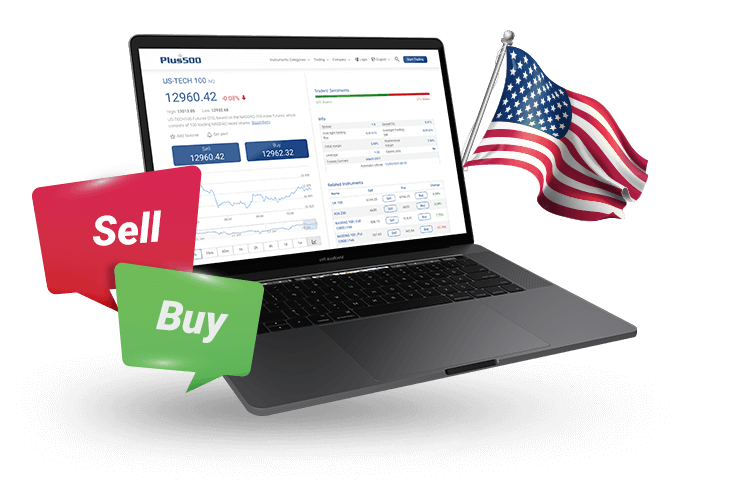History of the Nasdaq 100
The Nasdaq is an exchange for stocks and other securities, founded by the National Association of Securities Dealers (NASD).
Founded on February 8, 1971 as the NASD, before becoming the Nasdaq in 2006, they were the first to do away with a traditional trading floor in exchange for a digitized system. For the first time, companies, brokers, and traders could exchange securities and assets rapidly.
This digitized system attracted major technology companies such as Microsoft, Oracle, Intel, Amazon, and many other companies which are household names today. In 1985, the Nasdaq 100 (US- Tech 100) was launched as an index of the largest 100 companies exchanged on the Nasdaq.
As the technology sector grew through the 1980s and 1990s, a large number of technology companies joined the Nasdaq composite, pushing its value from 1,000 points in 1995 to 4,500 points in March 2000. The late 1990s was the time of the ‘dot-com bubble’, where a large number of new companies raised money via IPOs but later went out of business. When the dot-com bubble burst, the index lost 80% of its value over two years.
Since then, Nasdaq has grown to operate in 25 markets thanks to its cutting edge trading technology.

How are Companies Added to the Nasdaq 100?
Unlike other indices which may allow individual companies on their market capitalization size alone, the Nasdaq has additional requirements that companies must meet before joining the Nasdaq 100 index.
In addition to Market Cap, companies must:
- Be listed in the US as common stock, ordinary shares, tracking stocks, shares of beneficial interest, limited partnership interests, or an American Depositary Receipt (ADR) if they are a foreign company, similar to how Alibaba (BABA) is a Chinese company but is listed in the US.
- Be listed exclusively on the Nasdaq.
- Must be eligible to be traded in the U.S.
- Average a daily volume of 200,000 shares being listed in the market.
- Keep these 200,000 shares available for at least 3 months.
Once meeting all of these criteria, companies 1-75 (ranked by market capitalization) will be automatically added to the index. Remaining companies that have already been listed on the index will fill positions 75-100. If there are not enough companies to fill in the 100 positions, then companies that were previously on the index but were bumped to positions 101-125 will be considered to fill the position. An example of this would be if they meet the market capitalization requirement but do not meet the average daily volume requirement.
The Nasdaq 100 has proven to be a reliable index for 100 of today’s largest non-financial businesses traded on the Nasdaq Stock Market. With Plus500, by opening a CFD position on the US-Tech100, traders can gain exposure to all of these top 100 companies on a single instrument.